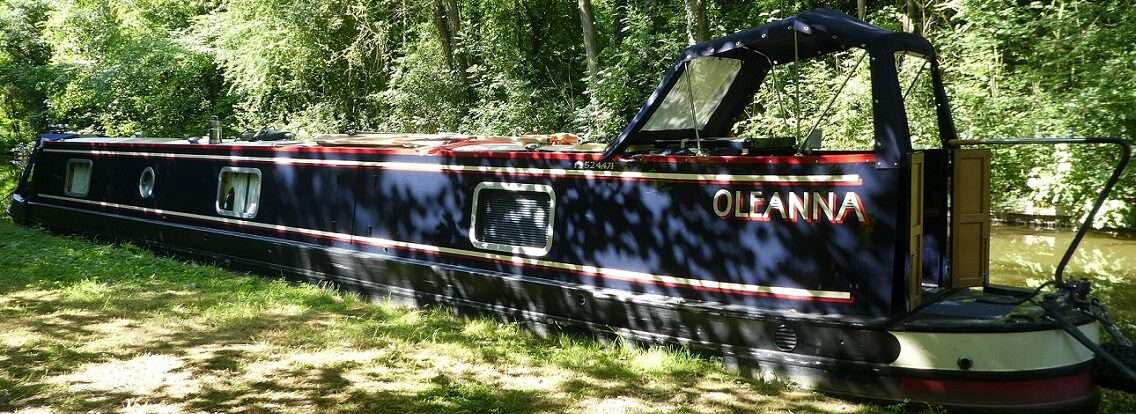Hyde Bank Tunnel to Dukinfield Railway Bridge
Quarter of an hour earlier than of late we managed to push off, a small achievement but at least it was in the right direction.

Once down the Marple flight the Peak Forest Canal is just flat, there are two tunnels and a lift bridge for a bit of interest, but no locks. We pootled along, tunnel mode engaged for Hyde Bank Tunnel all 308 yards of it. I then bobbed below to give Tilly’s pooh box a refresh as I could tell she was desperate to go, wanted to use shore based facilities, wouldn’t be allowed onto the outside, her pooh box smelt! I can tell these things easier now I spend half an hour every day at her level on the floor!


A touch of autumnal knitting at the stern as we made our way along the tree lined canal. At Woodley Tunnel a Dad was cycling with his two kids along the towpath which goes through the tunnel. His daughter wasn’t peddling, just pushing herself along with both feet, making her Dad’s progress behind quite difficult. As soon as we passed there was no light in the tunnel and the daughter really wasn’t happy! I’m not sure how Dad coped with it all, I suspect the easiest way would have been to reverse out of the tunnel, but his son was way ahead. I hope next time they’ll equip their bikes with lights!

Past Joseph Adamson and Co, Est 1885. I wonder if originally they had planned for a rounder O than was used Or was the company actually Jo Seph Adamson and Co?


Under a couple of roving bridges. One with metal sides. Going under this it looked like the bridge has been expanded several times, I think we counted five different archways

The next bridge was under the M67, I think this is just about as close as we can get to Fallowfield where my nephew Josh is currently living at Manchester University. 5.3 miles as the crow flies.

Who would wind up the lift bridge? I remember doing so on a hire boat, this I’m pretty sure would have been the first lift bridge I ever worked, unless I got the job on the Llangollen way back when! First thing was to remember what would be needed to unlock it, a handcuff key, not a Key of Power! I remember making the same mistake last time. 31 turns up and 21 down, it was hard work, maybe I’m loosing all my windlass lasspower.

We pulled in a short distance on, enough outside before the drop down to the River Tame for Tilly to have some shore leave and not too close to the railway bridge. Before sitting down for lunch I gave the nettles along the bank a trim, intentions to do more to the grabrail.
Over lunch it decided to rain, this along with the bank not being right alongside Oleanna put me off getting the attachment of doom out to grind back the rusty bits. I just hope that I get a suitable mooring and suitable weather to get more done to them and the mushroom vent before too long.

A walk up to Lidl then Asda to do a ‘just in case’ Sunday roast shop and to buy a newspaper in the wet kept us busy. Three buildings caught our attention. The first not very architecturally significant, Ashton Primary Care Centre. This is where nine years ago a lovely nurse practitioner redressed my missing finger despite them not being allowed to do such things.

Next was Ashton Old Baths. Opened in the 1870s, Ashton Old Baths is one of the finest example of a former public swimming baths in the North of England. The building has housed concerts, held tennis matches and closed in 1975, the building remained derelict for 40 years until Tameside Council and Oxford Innovation decided to reinvent the space for the digital age. It’s a grand Victorian building from the outside, inside it holds a wooden pod. More info can be found here.

The other building is Cavendish Mill a former cotton spinning mill. It was built between 1884 and 1885 to a fireproof design and was the first mill in Ashton to be built with concrete floors and a flat roof. What stands out though is it’s octagonal staircase around the base of the chimney. The mill ceased spinning cotton in 1934, then was used for various purposes until it was converted into housing in 1994.
0 locks, 6.4 miles,1 lift bridge, 2 tunnels, 1 great looking outside, 1 mediocre outside, 2 many woofers, 1 plan postponed, 1 Sunday roast purchased just in case, 1 dormant pizza boat neighbour.


















































































































